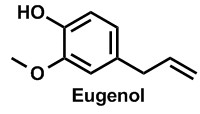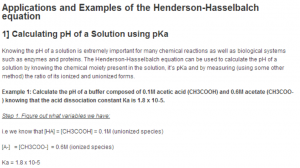In order to understand the structure and functions of proteins it is important to revise the basics of protein structure and function. Proteins are working molecules of a cell that carry out the ‘program’ of activities encoded onto them by genes. The ‘program’ which is nothing but the cell function, requires the coordinated effort of many different types of protein which work in synchronous with each other to provide the desired effect. [1]
Classification of Proteins:
Proteins are classified into several broad classes based on the functional role played by them within the body.
• Structural proteins- which provide structural rigidity to the cell.
• Transport proteins- those which control the flow of materials across the body and cellular membranes e.g. albumin and AFP.
• Regulatory proteins- they act as sensors and switches to control protein activity and gene function.
• Signaling proteins- including cell-surface receptors and other proteins that transmit external signals to the cell interior.
• Motor proteins- they are those which cause motion.
• Enzymes- specialized proteins which are capable of catalyzing an incredible range of intracellular and extracellular chemical reactions.
Hierarchical Structure of Proteins:
Although proteins are constructed by polymerization of only 20 different amino acids into linear chains, proteins carry out an incredible array of diverse tasks. Only whena protein is in its correct three dimensional structure, or conformation is it able to function efficiently. A key concept in understanding how proteins work is thatfunction is derived from three dimensional structure, and the three dimensional structure is in turn specified by the amino
acid sequence. The structure of proteins can be considered at four levels of organization starting with their monomeric building blocks, the amino acids as shown in Fig. 1

Fig. 1 The linear sequence of amino acids (primary structure) folds into helices or sheets (secondary structure) which pack into a globular or fibrous domain (tertiary structure). Some individual proteins selfassociate
into complexes (quaternary structure) that can consist of tens to hundreds of subunits (supramolecular assemblies)



Very helpful in study of Biochemistry &clinical pathology.very very thanks.
well written
Excellent article highlighting the way protein structure is defined. Gives a good understanding for the basics of structural biology.